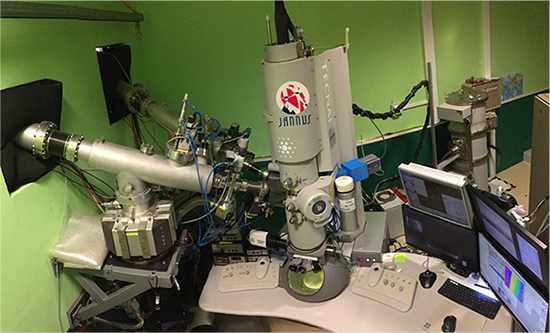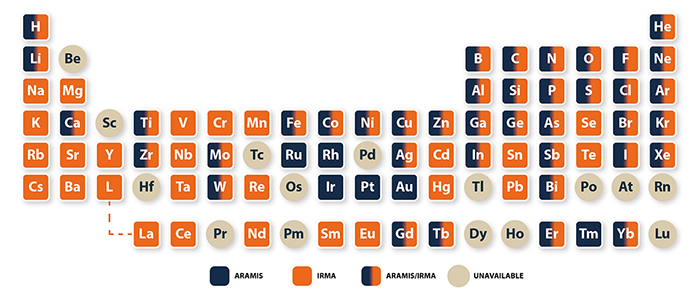In situ Transmission Electron Microscope
The in situ TEM is now operating according to three modes : i) TEM + IRMA, ii) TEM + ARAMIS and iii) TEM in dual ion beam mode (TEM + IRMA + ARAMIS), at a chosen temperature in the range 77 – 1300 K, allowing in situ observation and analysis of the material microstructure modifications induced by single or dual ion implantation/irradiation. Several analytical equipments (e.g. GIF (EELS, EFTEM), STEM, EDX) are also available on the microscope for chemical analysis for example. Its specificities is the well-known dosimetry for each ion beam, and the diversity of ions available (nature, energy). JANNuS-Orsay is open to any proposal either through the EMIR&A federation or direct quotation. Every experiment requires the presence of an experienced microscopist, presence that must be planned by the project leader.

